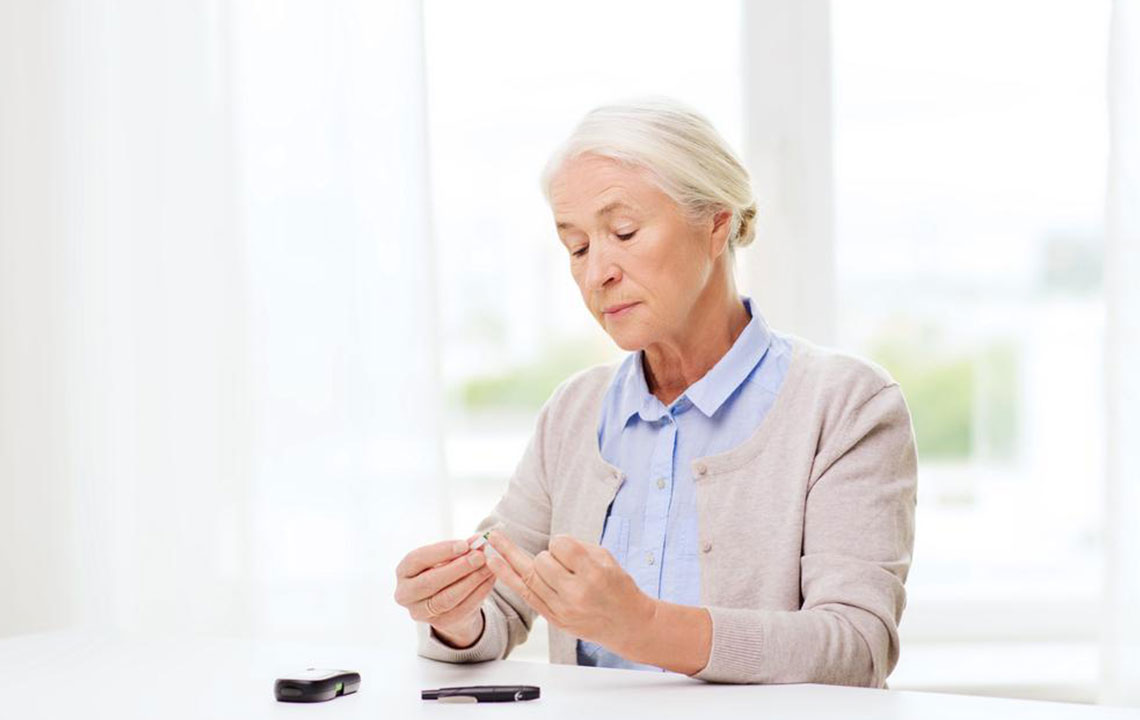All You Need to Know about Diabetes Reversal Treatment
The term diabetes reversal refers to an improvement in the condition of your body’s insulin sensitivity that sustains over a long period.
Type II Diabetes
90% of adults have type II diabetes that tends to develop later in life. In type II diabetes, the body fails to produce enough insulin to cope up with the glucose levels in the body. As the body cells don’t react to the insulin, glucose remains in the bloodstream, which cannot be used to fuel energy.
Type II diabetes mostly ends up becoming a chronic health condition that cannot be cured once it develops. It can only be supervised and managed by combining medication with a healthy lifestyle.

Diabetes and fat
Eating and drinking more calories than required by the body leads to excess calories that get stored as fat in the liver and under the skin in the abdomen – visceral fat. This visceral fat is a common factor that puts you at a high risk of developing type II diabetes.
The fat build-up in the liver extends over into the pancreas eventually. Over time this fat accumulation becomes a hindrance to the organ’s functioning and prevents the pancreas from releasing insulin after meals. This is why, obesity is a more common cause of type II diabetes, which turns into a vicious circle of cause and effect.
The pressure on the Pancreas to keep producing extra insulin damages the insulin-producing beta cells. Damage to the beta cells renders the pancreas unfit to keep sugar levels in check, and this turns into a chronic disease. It damages the kidneys, eye retinas and other organs over the passage of time.
Diabetes reversal treatment
- The research for a cure to beat diabetes is still in its infancy, but there seem to be motivating developments in stopping the symptoms of type II diabetes.
- Reversing one’s diabetic condition is a common thread of discussion in print media, social and health forums, with stories of people curing themselves of diabetes. Most of these stories have a consistent approach towards losing large amounts of body weight. People who have reversed their diabetes have reduced up to 10 to 15 percent of their total body weight.
- More the body weight more will be the demand on the body to produce insulin. When there is a massive loss of weight, your body has the potential to make enough working insulin to control the glucose levels.
- For diabetes reversal treatments, one needs to break the cycle of fat-insulin-lethargy-high sugar level-fat. Researchers have focused on radical weight loss which can be gained by controlling the diet and monitoring the calorie intake.
Low-carbohydrate diets
A low carbohydrate diet effectively lowers the amount of insulin that needs to be produced by the body. This helps the body become less insulin resistant. The nutritional needs of the body have to be maintained. The key to achieving this balance is eating regular meals, watching your serving size, and following a healthy eating plan.
Diet plan tips
- Choose lower fat options when eating meat, poultry, dairy products, and spreads.
- Add various fruits and vegetables.
- Make use of unrefined and whole grain starches like potatoes, whole grain bread, and cereals.
- Foods high in sugar and fat should be taken as treats once in a blue moon.
Low-calorie diets
The reason for losing weight using a very low-calorie diet is that when the calorie intake is not enough, fat erroneously stored in the pancreas and liver gets used up first to provide energy to the body. Once the fat is removed from the pancreas, the pressure is reduced, and insulin release kicks off.
Exercise
To maintain your body weight, exercise is an important essential. It is recommended to start slowly and build up on your activity level. From 30 minutes of moderate activity to 60-90 minutes, at least five days a week. When exercising follow these tips.
- Be a little short of breath but not gasping
- Sweat a little, but not profusely
- Have an increased heart rate, with it beating faster than normal
- It is recommended to engage in physical activities that one can enjoy, like long walks, dancing or sport.
Bariatric surgery
Gastric bypass surgery shows impressive long-term remission rates resulting in a reversal of diabetes. The size of the stomach is made considerably smaller. Hence there is a feeling of being full after a small sized meal. Smaller portions help control fat accumulation and keep the pancreas functioning normally.
Although this is a popular diabetes reversal treatment. This option should be left as a last resort. Even though the results are impressive, there are a few downsides of this diabetes reversal treatment:
- There is a risk of complications during and following bariatric surgery.
- Being a permanent procedure, it requires a change in how you eat your meals.
- Due to the reduced food intake, you will have to take nutritional supplements for the rest of your life.
Now that you are aware of diabetes reversal treatments, put your efforts in this direction and make your life healthy and diabetes free.

